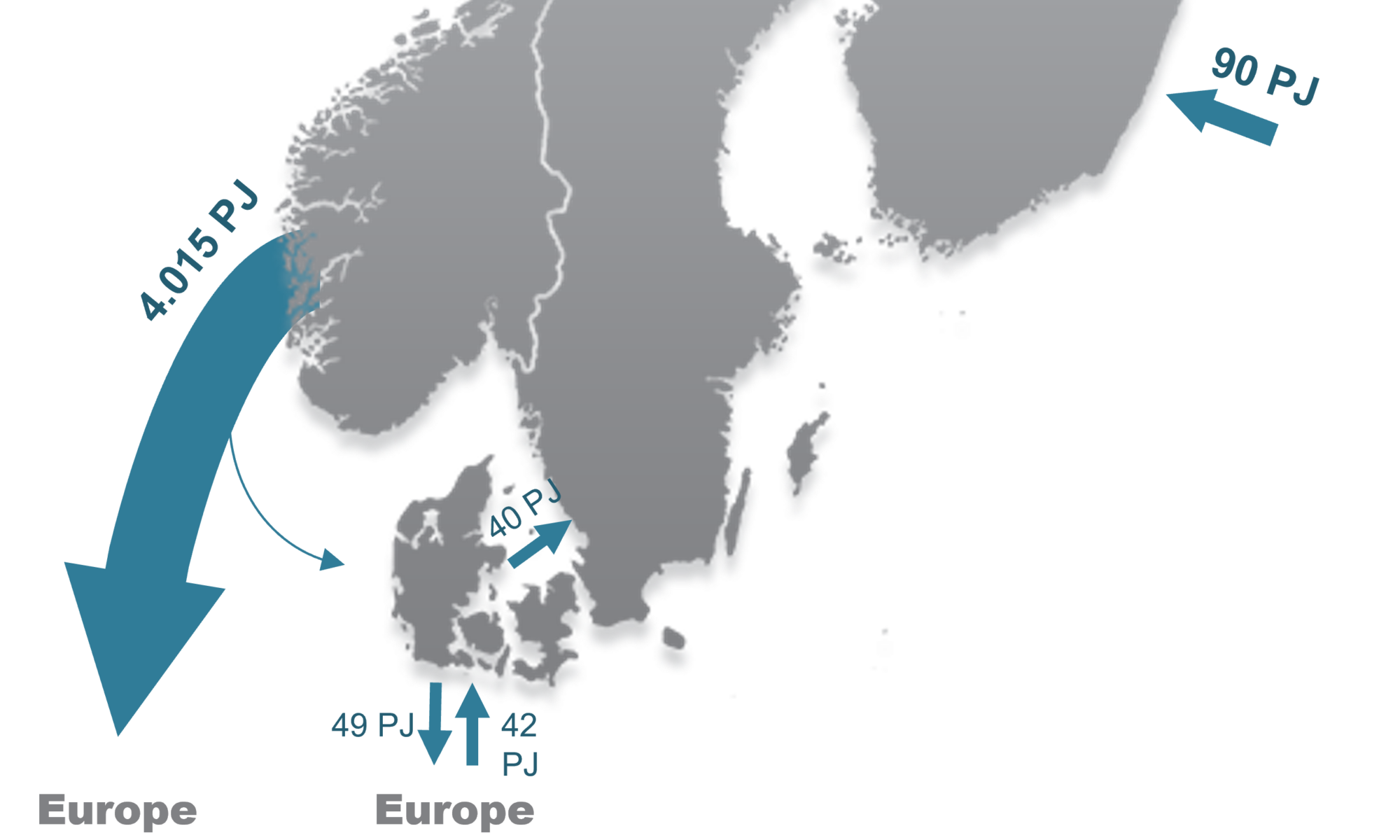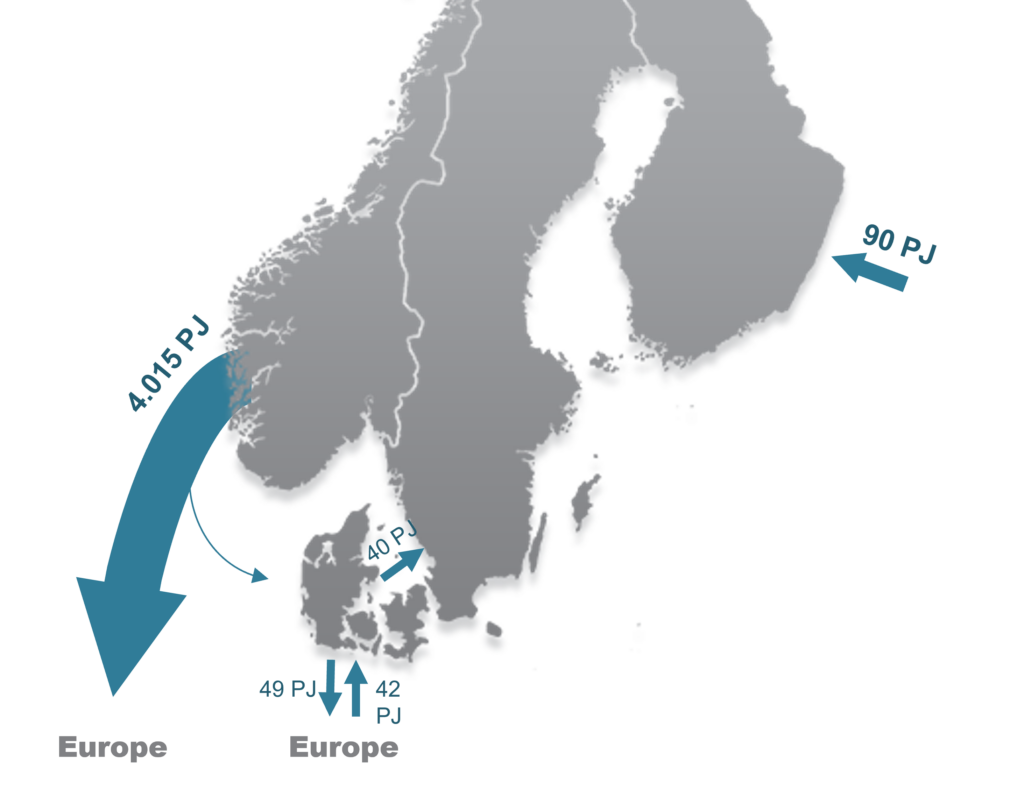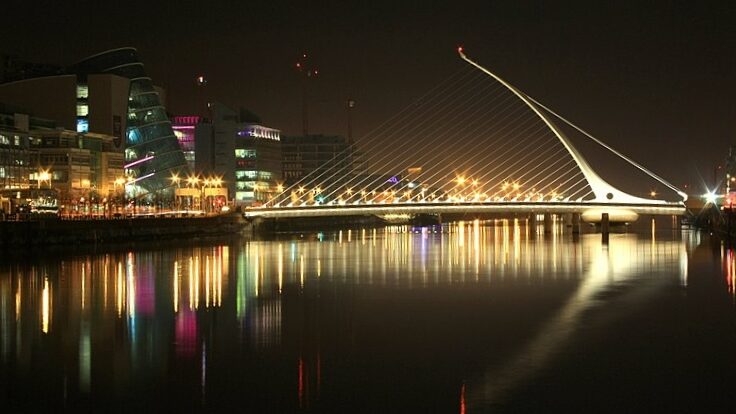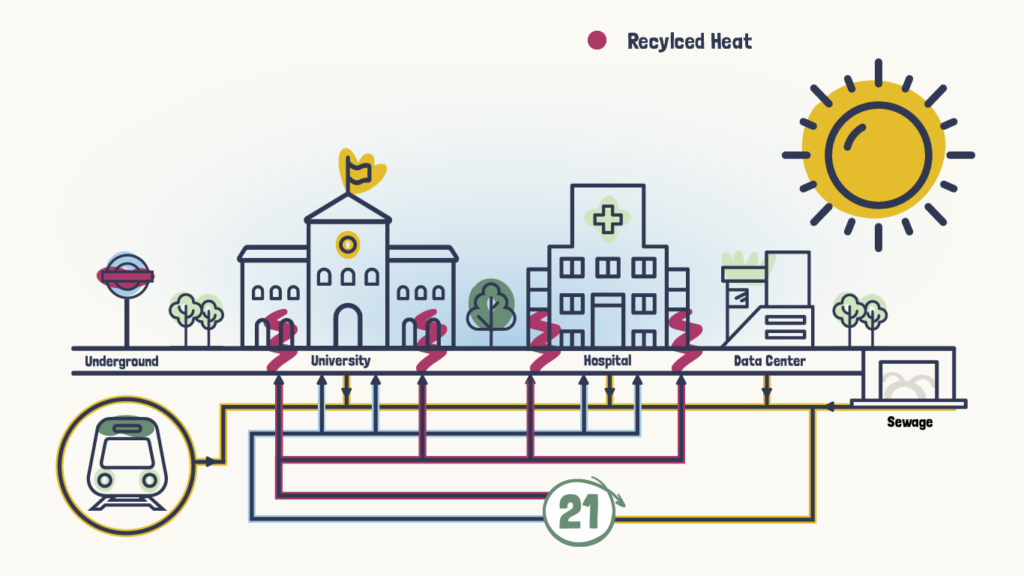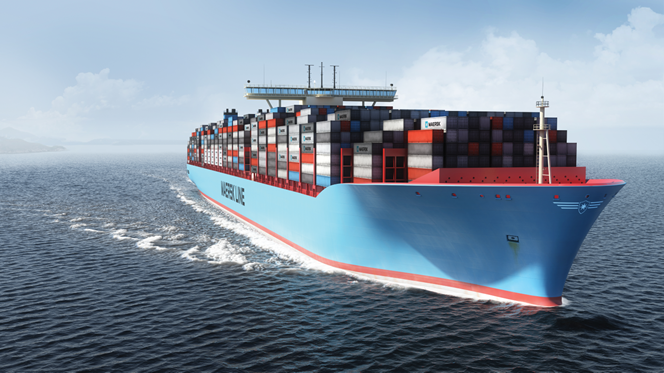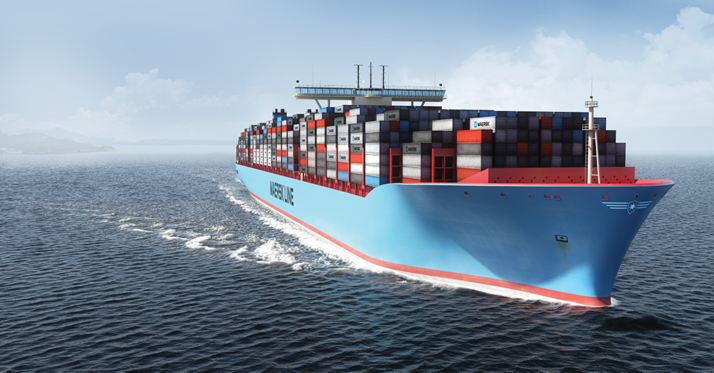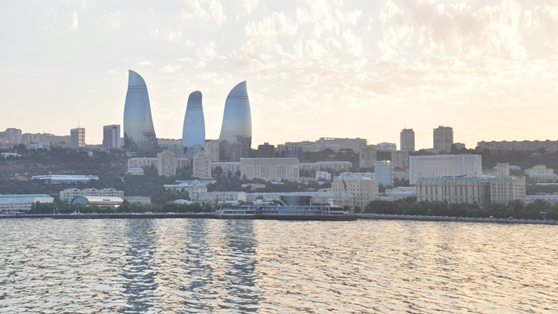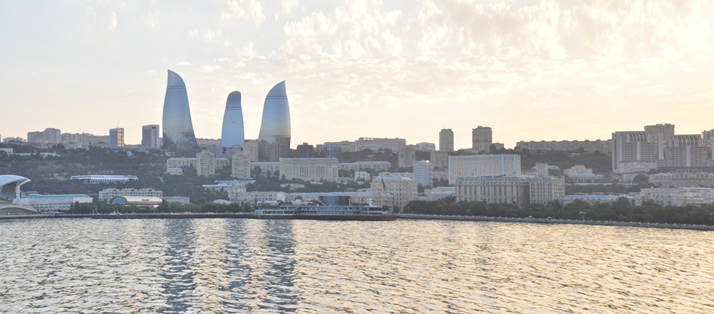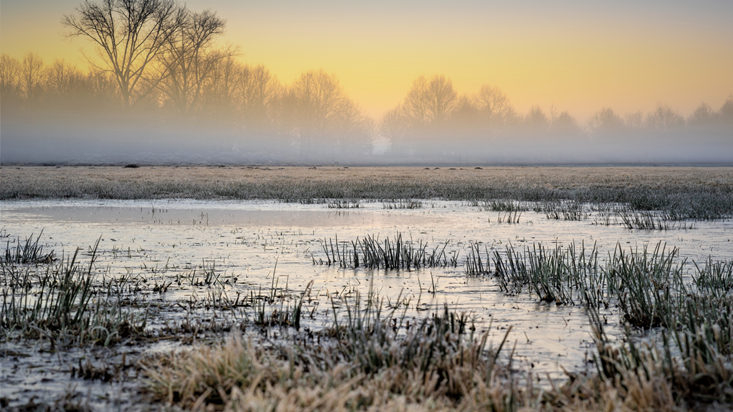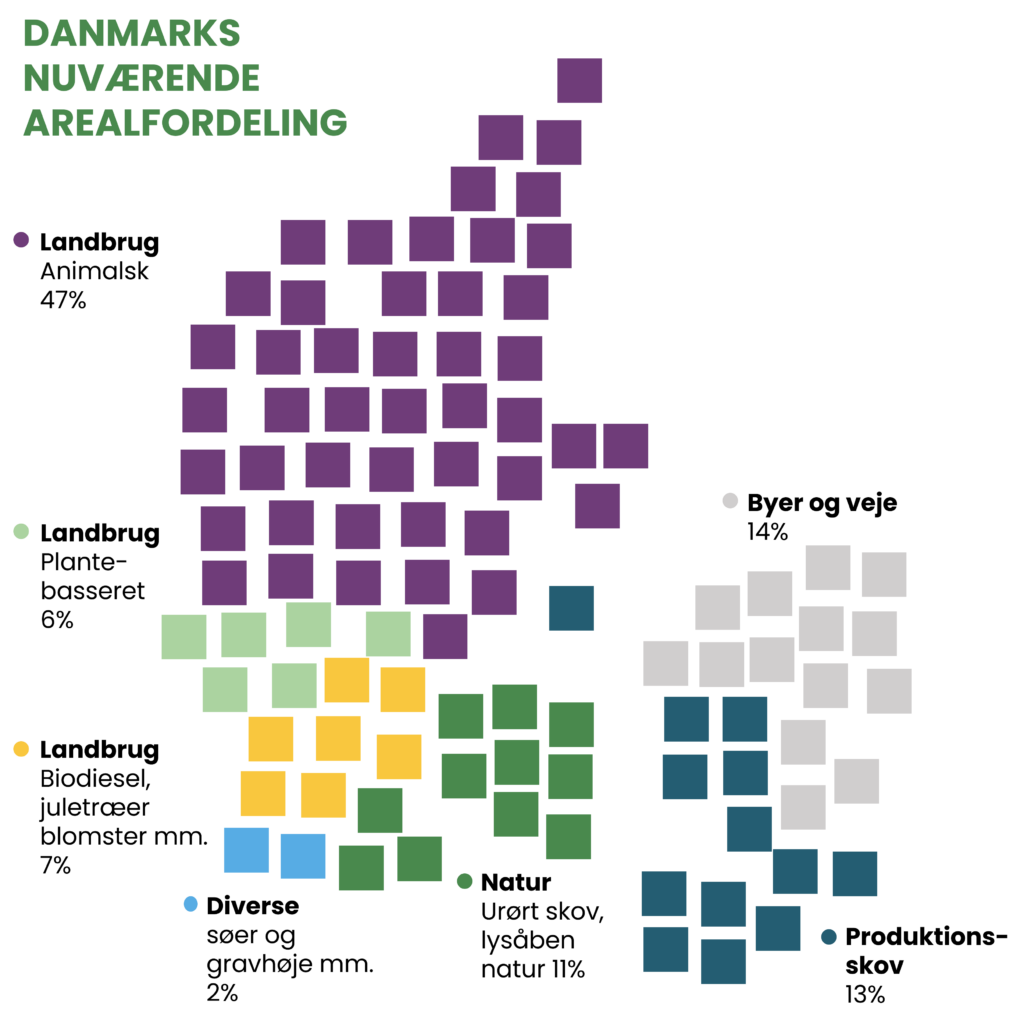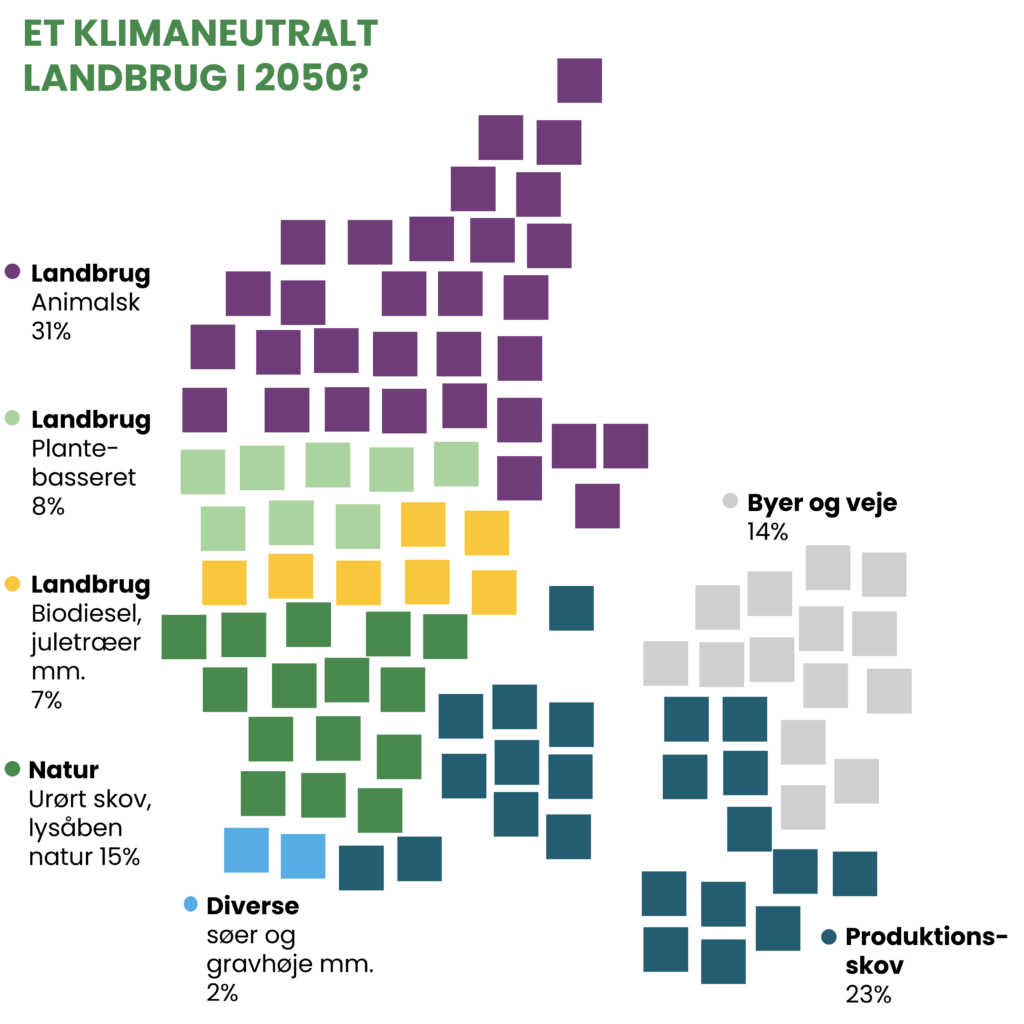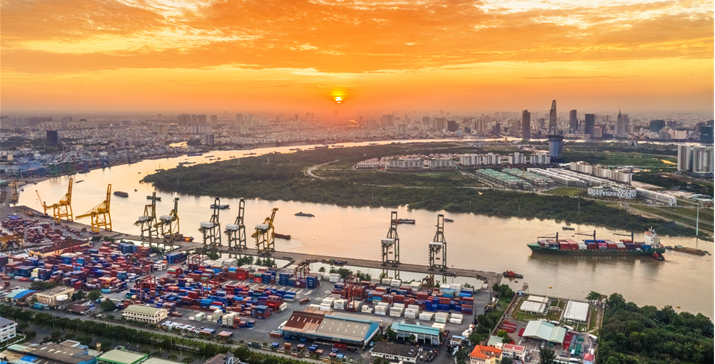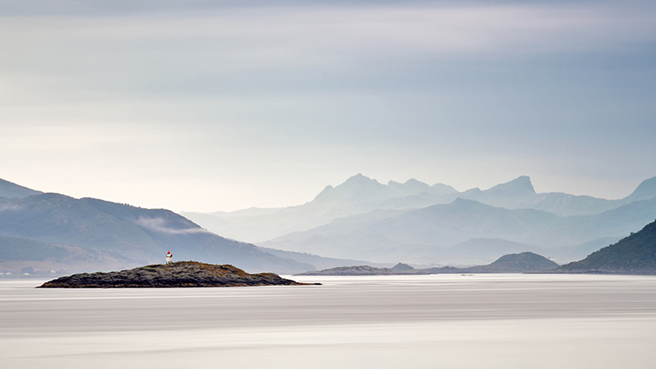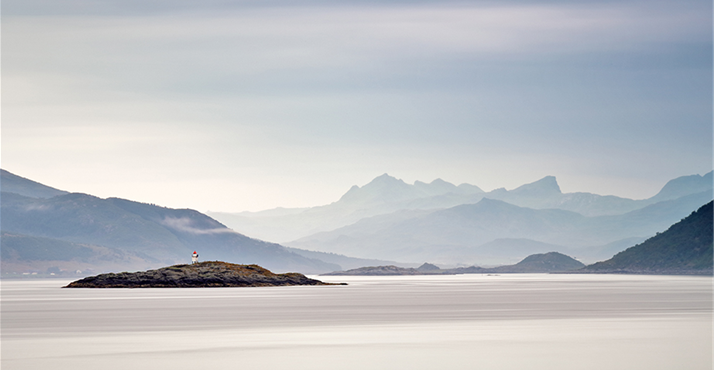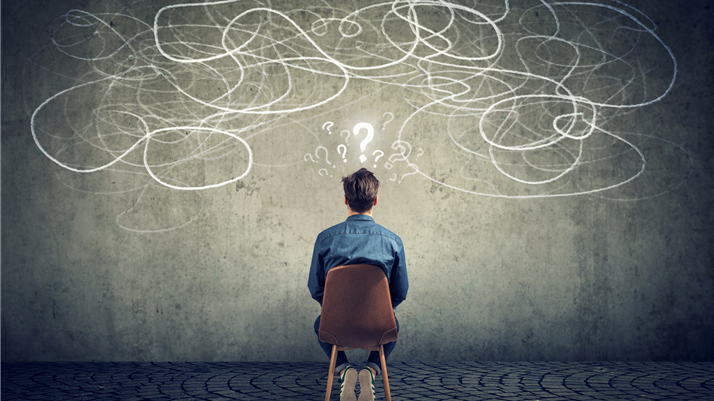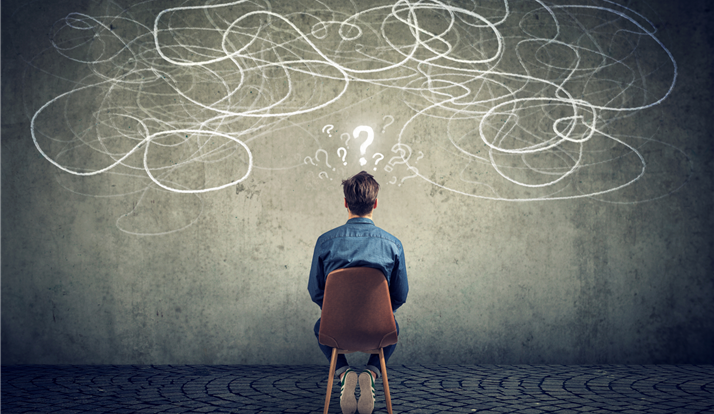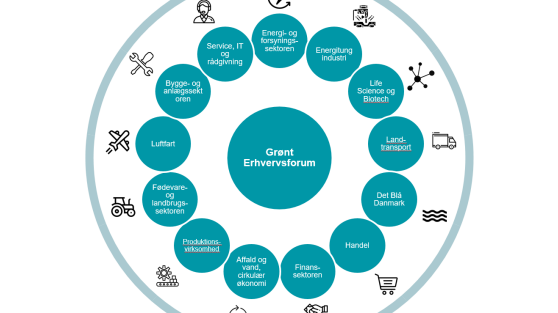The Vietnamese economy is growing, and so is the demand for energy. As the country moves forward new investments in clean energy and infrastructure are highly needed. Energy Modelling Lab has developed scenarios to reach the target of net zero by 2050 in Vietnam.
The power generation and storage capacity should be 30 times higher than the current capacity.
Electricity should primarily come from solar power combined with batteries.
Power transmission should be increased by 40% compared to the present capacity.
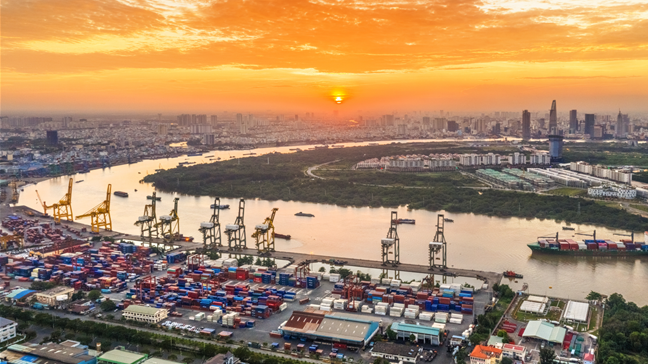
Download the Energy Outlook Report 2021 for Vietnam
The report is written by the Electricity and Renewable Energy Authority in Vietnam (EREA) along with the Danish Energy Agency. Energy Modelling Lab has contributed to both the analysis and the report.
Duration: 2020 – 2022
EML Team: Ida Græsted Jensen, Till ben Brahim and Kenneth Karlsson
Client: This project is part of the Framework contracts with Global Cooperation at the Danish Energy Agency
Budget: DKK 410,373
Reference: Ole Emmik Søresen, Head of Divison Corporation the Danish Energy Agency
Collaborators: Ea Energy Analyses, Institute of Energy, E4SMA, Aarhus University
Model: TIMES

